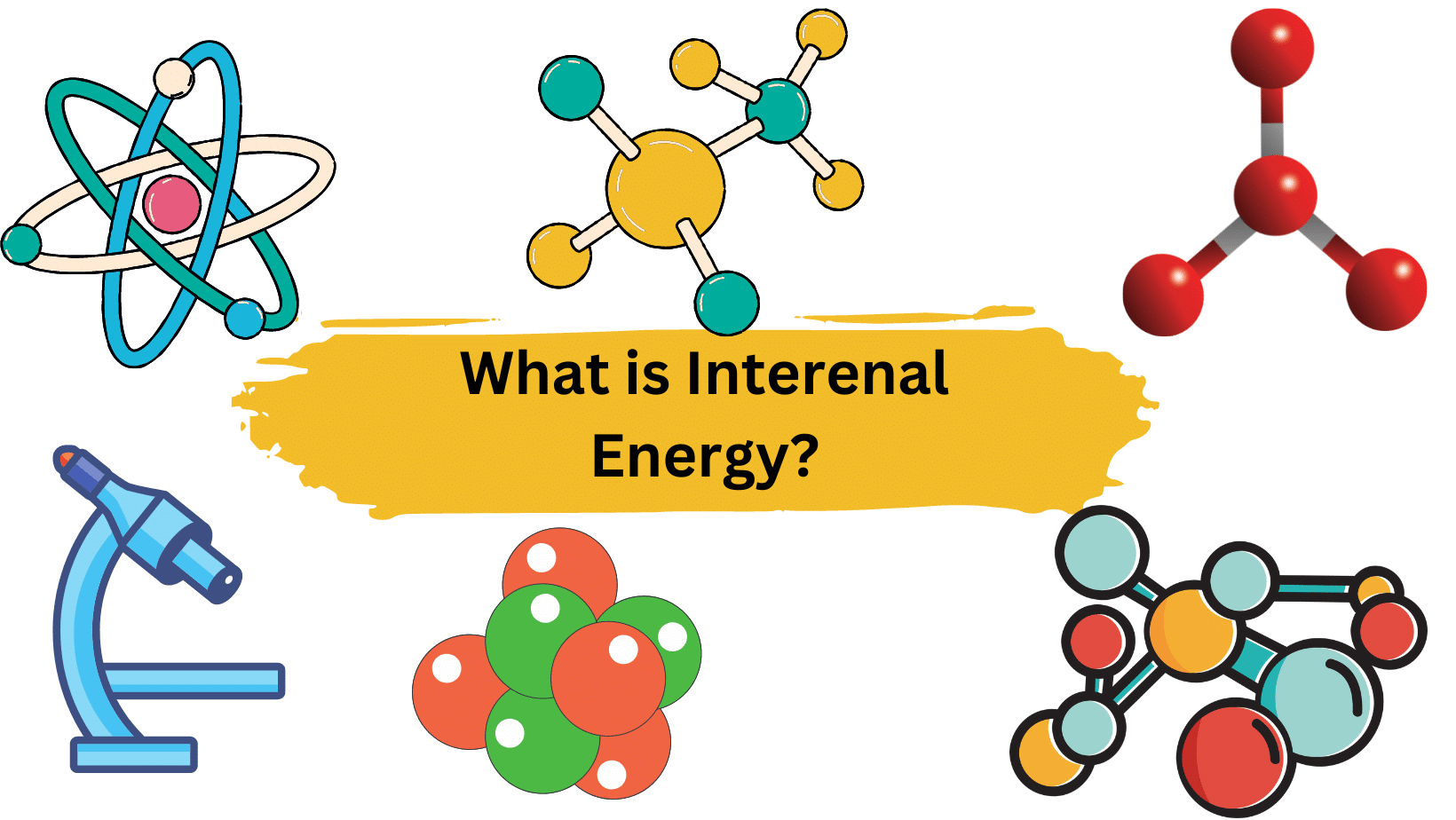Planck’s constant is a basic constant that equals the energy of an electromagnetic radiation quantum divided by its frequency. Plank’s constant describes the relationship between the energy in one quantum (photon) of electromagnetic radiation and its frequency.
The S.I unit of Planck’s constant is joule second. And the MKS unit is in eV second. Plank’s constant is represented by h.
h = 6.62606896(33) x 10-34 J·sec
Or
h = 4.13566733(10) x 10−15 eV·sec

Suppose that E is the energy contained in a photon and it is directly proportional to the frequency f of that electromagnetic wave, then according to the given equation:
E ∝ f
E = hf (Planck-Einstein relation)
h=E/f
Here, E represents the energy of each packet (or ‘quanta’) of light, measured in Joules; f represents the frequency of light, measured in hertz; and h represents Planck’s constant. So the constant defines how to utilize the frequency (or color) of light to calculate the size of the energy packets (or photons) it contains.
| Description | Value |
|---|---|
| Definition | Plank constant is a fundamental constant that relates the energy of a photon to its frequency. |
| Symbol | h |
| Value in SI units | 6.626 x 10^-34 J s |
| Value in eV s | 4.136 x 10^-15 eV s |
| Significance | Plank constant is a crucial constant in quantum mechanics and is used to calculate the energy levels of atoms and molecules. It is also important in fields such as electronics, nanotechnology, and astronomy. |
Planck’s constant
Planck’s constant describes the amount of energy that a photon (or particle) may carry. It is defined by the frequency of the wave it is travelling in. It explains why an energy transfer may only occur as a whole integer, or in a fixed amount, as opposed to a continuous flow: electromagnetic energy cannot flow continuously and is instead transferred by discrete photons of light.
Why Planck’s constant is important?
- Planck’s constant can be used to determine the overall energy of a wave by multiplying Planck’s constant by the frequency of a wave (E=hf)
- Planck’s constant helped to develop the theory of quantum mechanics, which is crucial to human understanding of stellar evolution.
- Planck’s constant advances our understanding of atoms and matter, enabling the development of integrated circuits, transistors, and even electronic chips, all of which play important roles in current electronic technology.
Daily Life Examples of Plank constant
- LED lights: The Planck constant is used to determine the energy of photons emitted by LEDs, which in turn determines the color of the light that is produced.
- Solar panels: The Planck constant is used to calculate the energy of photons absorbed by solar panels, which helps to determine their efficiency.
- MRI machines: The Planck constant is used in the quantum mechanics of nuclei to determine the frequency of the radio waves that are used in MRI machines.
- CD players: The Planck constant is used to calculate the energy of the laser beam that reads data from a CD, which helps to ensure that the data is read accurately.
- Atomic clocks: The Planck constant is used in the measurement of the frequency of atomic transitions, which is the basis for atomic clocks, the most accurate timekeepers known to exist.
Summary
- The Planck constant is a number that helps scientists understand how tiny particles called photons give off energy.
- It is a very small number, written as 6.626 x 10^-34 Joule seconds.
- The Planck constant is used to calculate the energy of light, and is important in fields like electronics, nanotechnology, and astronomy.
- While you might not see the Planck constant in your daily life, it plays a big role in many of the technologies that we use every day, like LED lights, solar panels, and CD players.
- Studying the Planck constant helps scientists understand the building blocks of the universe and the ways that energy moves around and interacts with matter.
Solved Numerical Problems
Problem 1: What is the energy of a photon with a frequency of 5.0 x 10^14 Hz?
Solution:
We can use the formula E = hf to find the energy of the photon.
The Planck constant is h = 6.626 x 10^-34 J s.
E = hf
E = (6.626 x 10^-34 J s) x (5.0 x 10^14 Hz)
E = 3.313 x 10^-19 J
Therefore, the energy of the photon is 3.313 x 10^-19 J.
Problem 2: An LED emits light with a frequency of 6.0 x 10^14 Hz. What is the energy of each photon emitted?
Solution: We can use the same formula as in the previous problem to find the energy of each photon. The Planck constant is still h = 6.626 x 10^-34 J s.
E = hf
E = (6.626 x 10^-34 J s) x (6.0 x 10^14 Hz)
E = 3.976 x 10^-19 J
Therefore, each photon emitted by the LED has an energy of 3.976 x 10^-19 J.
Related Links
Multiple Choice Questions
Answer: D) All of the above.
- Which of the following is an example of a technology that uses the Planck constant?
A) Microwave oven
B) Television
C) Solar panel
D) Microwave transmission tower
Answer: C) Solar panel
- Which of the following formulas shows the relationship between energy and frequency of a photon?
A) E = mc^2
B) E = hf
C) F = ma
D) P = IV
- Which of the following is true about the Planck constant?
A) It is a fundamental constant of nature.
B) It is used to calculate the energy of photons.
C) Its value is 6.626 x 10^-34 J s.
D) All of the above.
Answer: B) E = hf
- BCl3 Lewis Structure in four simple steps - November 1, 2023
- PH3 Lewis Structure in four simple steps - October 8, 2023
- PF3 Lewis structure in four simple steps - September 24, 2023



